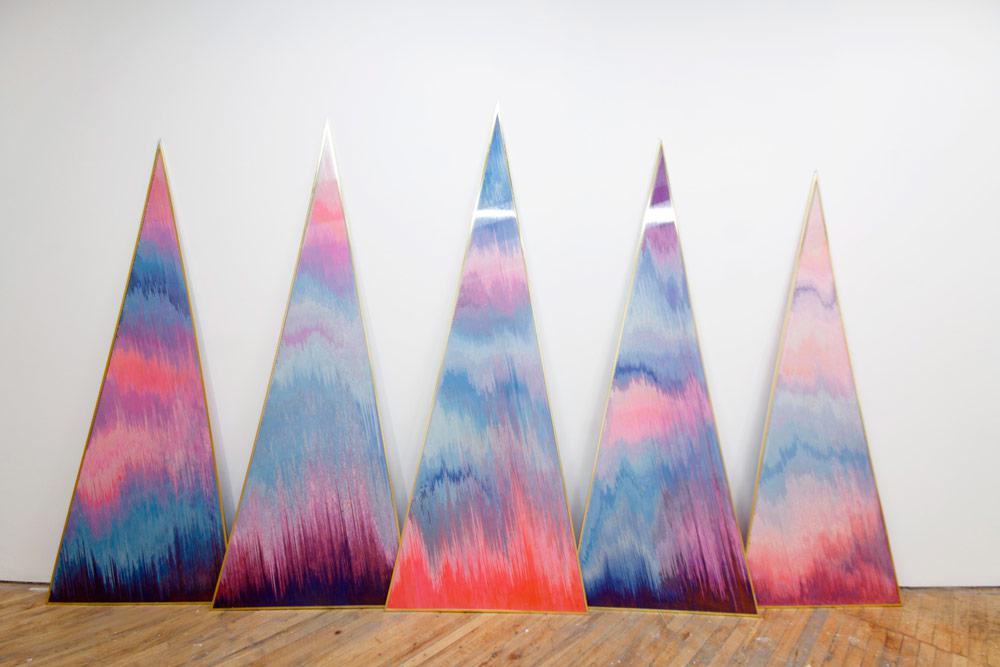Is the phrase “Canadian modernism” a contradiction in terms?
No, argues scholar Adam Lauder—not in the past, and not in the present either.
In the upcoming Summer issue of Canadian Art—which hits newsstands across the country on June 15—Lauder makes the case that “a growing number of contemporary artists in this country seek inspiration from specifically Canadian histories of modernist abstraction.”
A slideshow, viewable by clicking on the Photos icon above, features works by artists on the forefront of this new Canadian modernism.
Toronto artists Jay Isaac and Robin Fry, for instance, have created a film titled Swamp Beasts about 21st-century avatars of the early Canadian abstractionist Bertram Brooker. Isaac also draws upon his family’s history in the antique business to, as he tells Lauder, create “a fantastical folk aesthetic” in which various kinds of histories intersect.
Morley Shayuk, also of Toronto, has become inspired by the paintings of one of Brooker’s colleagues, Manitoba’s Lionel LeMoine FitzGerald.
The paintings of Group of Seven member Lawren Harris have also served as a connection point for a number of Canadian contemporary artists, including Glasgow-based artist Lauren Hall, who builds sculptures-cum-paintings reminiscent of Harris’s transcendentalist iceberg imagery, and London, Ontario’s Patrick Howlett, who creates abstract paintings often based on a mash up of modernist texts and web-search image results.
Montreal artist Francine Savard created a series of sculptural paintings in the early 2000s informed by the hard-edge canvases of Fernand Leduc, Lauder notes. Savard has told Lauder that she thinks of Leduc’s work as an “inspiring vocabulary.”
As American author William Faulkner famously wrote, “The past is never dead. It is not even past.”
In a somewhat millennial version of this theme, Lauren Hall has told Lauder that Lawren Harris “is just always there, like pop music or the suburbs.”
So it is for many younger and mid-career Canadian artists who are integrating the (supposedly) dusty details and references of our nation’s art history into sharp and shining future visions.
To get each new issue of Canadian Art delivered straight to your home, please visit canadianart.ca/subscribe.

 Lauren Hall Clouds Edged with Intolerable Radiancy 2011 Coloured sand poured in fluted polycarbonate and aluminum 3.35 x 2.43 m overall Courtesy YYZ Artists’ Outlet (Image 1/25)
Lauren Hall Clouds Edged with Intolerable Radiancy 2011 Coloured sand poured in fluted polycarbonate and aluminum 3.35 x 2.43 m overall Courtesy YYZ Artists’ Outlet (Image 1/25)







